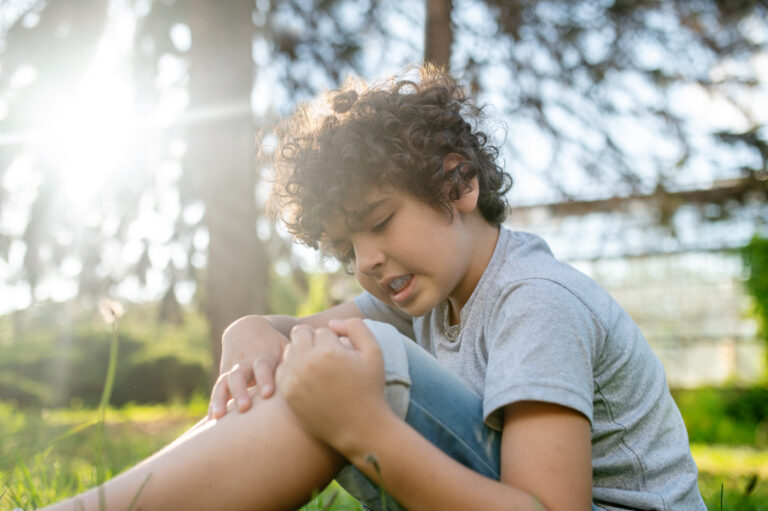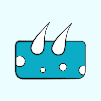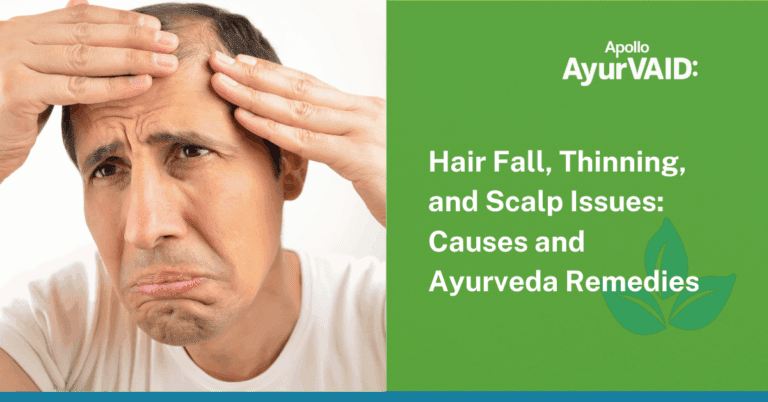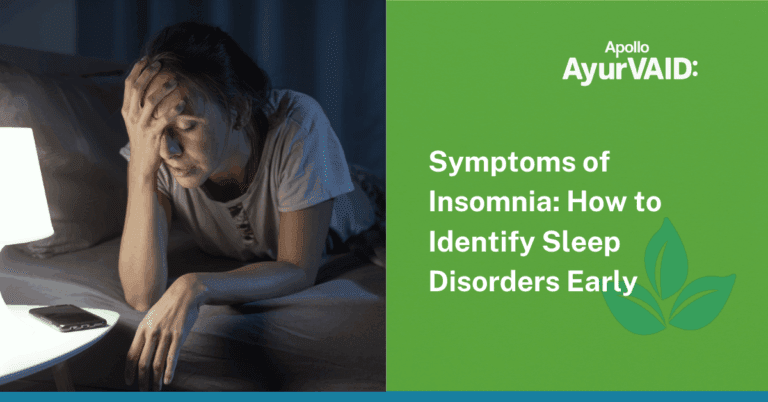
What is Juvenile Arthritis?
Juvenile arthritis, also known as pediatric rheumatic disease, is a type of arthritis that affects children under the age of 16. It is a chronic condition that causes joint inflammation and stiffness, which can lead to joint damage over time. Juvenile Arthritis also affects the immune system that protects foreign substances to harm the body. This condition is Idiopathic which means it has no exact cause of the condition. However, Juvenile Arthritis can be triggered due to genetics, environmental factors, and certain infections. Ayurveda for rheumatoid arthritis may offer complementary approaches to managing symptoms and improving quality of life in children with this condition.
In this blog, we will discuss the signs and symptoms, the types, and the treatment provided by classical Ayurveda.
Signs and Symptoms of Juvenile Arthritis
The signs and symptoms that we can see among children or during their childhood suffering from arthritis are:
- Pain, stiffness, and swelling of the joints. Usually, these symptoms are seen in the morning along with fever.
- In severe cases, children with juvenile arthritis may showcase signs of joints growing abnormally and asymmetrically causing deformities of bone.
- The child might have rashes on their arms and legs.
- Reduced appetite and weight loss can be other signs and symptoms of juvenile arthritis.
The severity of signs and symptoms varies from person to person depending on their level of pain. However, juvenile arthritis does not cause permanent damage to joints like rheumatoid arthritis(RA).
Types of Juvenile Arthritis
There are different types of juvenile arthritis depending on the symptoms a child showcases and the number of joints affected. Let us look at the different types of juvenile arthritis affected in children.

Oligoarticular Juvenile Arthritis
Oligoarticular refers to a condition characterized by the involvement of a small number of joints. In this form of juvenile arthritis, four or fewer larger joints are affected, with commonly affected areas being the knees or ankles. It is uncommon for the fingers or toes to be involved. Approximately half of the children with oligoarticular juvenile arthritis experience the condition in only one joint, typically in the knee or ankle, which is known as monoarticular juvenile arthritis. The prevalent symptoms observed include joint pain, stiffness, and swelling.
Polyarticular Juvenile Arthritis
Polyarticular juvenile arthritis is a form of arthritis that affects multiple joints in children. In this condition, five or more smaller joints are typically involved, such as those in the hands, wrists, knees, and ankles. Unlike oligoarticular juvenile arthritis, which primarily affects larger joints, polyarticular juvenile arthritis often affects both large and small joints symmetrically. The condition can cause persistent joint pain, swelling, and stiffness, which can limit a child’s mobility and physical activities. It may also lead to systemic symptoms like fatigue and fever. Polyarticular juvenile arthritis can have varying degrees of severity, and early diagnosis and treatment are crucial in managing the symptoms and preventing long-term joint damage.
Chronic Psoriatic Arthritis
Chronic psoriatic arthritis is a type of arthritis that can occur in children who have psoriasis, a chronic skin condition. It causes inflammation and swelling in the joints, leading to pain, stiffness, and difficulty moving. Children with chronic psoriatic arthritis may have skin symptoms like red and scaly patches called psoriatic plaques. If left untreated, this condition can cause ongoing joint damage and make it hard for children to do everyday activities.
Ayurveda Treatment of Juvenile Arthritis
In Ayurveda, juvenile arthritis is compared to Amavata. This is caused by the accumulation of toxic which results in a reduction of digestive activity. Through classical Ayurveda, juvenile arthritis can be treated by Shodhana and Shaman therapy which has no side effects on the body.
Conclusion
If your child is experiencing joint pain, stiffness, or swelling, it is important to seek medical attention. Juvenile arthritis is a chronic condition that can cause joint damage over time if left untreated. At AyurVaid Hospitals, we offer classical Ayurveda treatments for a variety of rheumatic conditions, including juvenile arthritis. Our experienced doctors and staff are dedicated to providing personalized care to each patient. Contact us today to schedule an appointment and learn more about our Ayurvedic treatments for juvenile arthritis.






